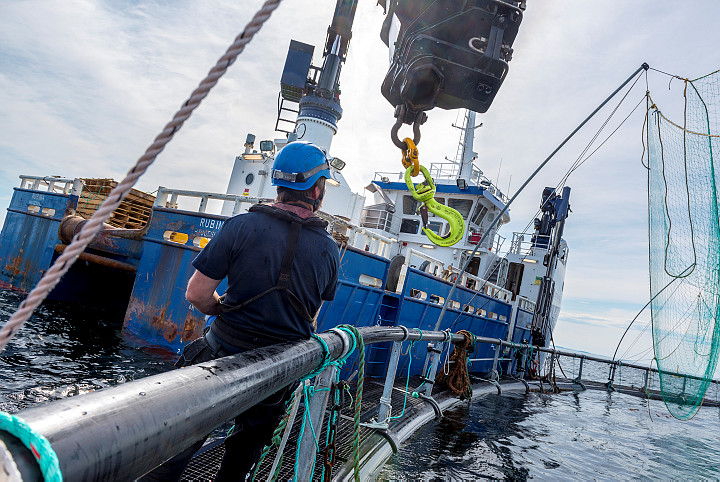We often see that either a risk assessment of the operations on board is missing, or the risk assessments that have been done are inadequate. Risk assessments are meant to be management tools in the safety work on board and should uncover dangers and describe preventive measures.
“There are several reasons why we have chosen to focus on safety culture and risk understanding. Safety culture is the backbone of safety work. It is vital that the persons who perform the work and operate the equipment have a unified understanding of the risks related to the job, and that they agree on the precautions to be adopted. This requires involvement and accountability, not to mention a good safety culture,” says Torben Vik, who is the project manager for the focus area.
“We want to promote an approach to safety work that sees the whole picture, the importance of building a good safety culture and establishing good tools for risk management. We also want to promote the significance of quality and involvement in the risk assessment work. It is important to have a common understanding of risk factors and preventive measures," he adds.
Particular focus on maintenance of critical systems
A good safety culture deals with all safety management systems on board, including the maintenance systems. A failure in a critical system may be a direct cause of more serious incidents, such as grounding, collision or contact damage. The Norwegian Maritime Authority (NMA) is frequently notified of drifting vessels, and although many manage to restart the engine, there are lots of situations where this is not the case. Such incidents may evolve into major accidents, such as the Viking Sky or the Tide Carrier incidents.
Maintenance of the equipment and ship is an important barrier to ensure safe operation. A decreasing number of vessels are in a position to conduct extensive maintenance of the machinery in the daily operation, and major maintenance work is usually carried out in connection with certificate surveys in the workshop.
Not all failures of critical systems are due to poor maintenance, but proper maintenance routines provide the company with valuable knowledge of the strengths and weaknesses of the machinery.
The safety management system requires that critical systems and equipment are identified and maintained on a regular basis. Maintenance must be done systematically, and the maintenance work that is carried our must be traceable.
Equipment on board new vessels is increasingly advanced and sensor-operated. It is therefore important to carry out maintenance systematically and be skilled in new technology. Older vessels are less likely to have the same level of advanced machinery and equipment, and the age implies worn parts and a need for extra care and maintenance.
Today, more and more of the vessels' equipment is integrated and connected. It is therefore increasingly important for the crew to understand how a failure on a piece of equipment may occur, and how it can affect other equipment. Every vessel is unique to some extent and requires specific maintenance routines for safe operation.
Upcoming measures
In the beginning of February, the NMA will hold a workshop on safety culture and risk understanding. Around 100 surveyors will take part in the workshop. The participants will be split into groups that will discuss different issues related to the focus area and the check lists. After the workshop on 15 February, the surveyors will start using the check list based on the focus area. Due to the ongoing pandemic, we will initially undertake parts of the supervision remotely.
Shortly, the project team for the focus area will implement several measures contributing to a better safety culture and risk understanding in the industry. These measures include:
- updating tools and information material for safety culture, risk understanding and risk assessments;
- evaluating the need for guidance when implementing risk assessments on board;
- putting safety culture and risk assessment on the agenda throughout 2021, both for the industry and internally in the NMA;
- having conversations and exchanging experiences with the industry;
- contributing to a professional and interesting programme at the Safety at Sea Conference in 2021.
An overview of the check list points related to the focus area and an updated guide to risk assessment will be published on this website by 15 February.

